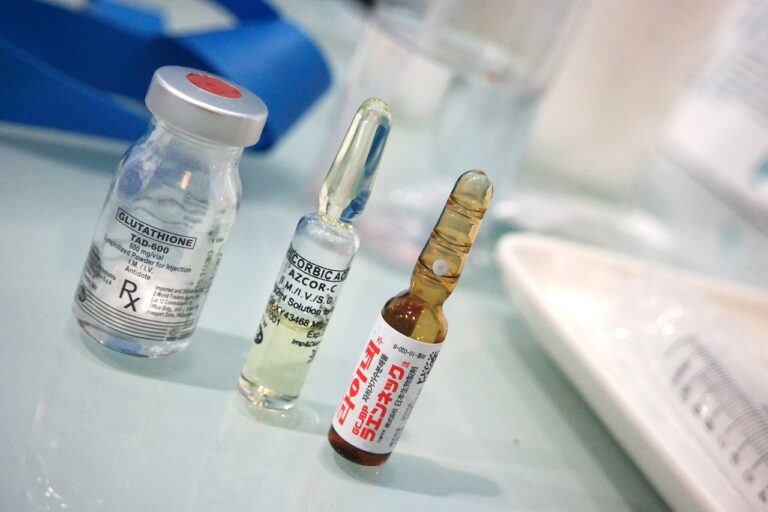Advances in robotic-assisted thoracic surgery techniques: 11xplay online id, Anna reddy book, Golden7777.com admin
11xplay online id, anna reddy book, golden7777.com admin: Robotic-assisted thoracic surgery (RATS) has seen significant advancements in recent years, revolutionizing the way thoracic procedures are performed. This minimally invasive approach offers numerous benefits over traditional open surgery, including reduced pain, shorter hospital stays, faster recovery times, and improved outcomes.
Improved Visualization
One of the key advantages of RATS is the enhanced visualization it provides to surgeons. The high-definition 3D imaging allows for greater precision and accuracy during procedures, leading to better outcomes for patients. Surgeons can see more clearly and maneuver with greater dexterity, resulting in reduced damage to surrounding tissues.
Enhanced Instrumentation
Robotic systems are equipped with advanced instrumentation that allows for a wider range of motion and greater maneuverability in tight spaces. This means surgeons can access hard-to-reach areas more easily and perform complex procedures with increased precision. The instruments used in RATS are also smaller than traditional surgical tools, leading to less trauma to the body and faster healing.
Improved Ergonomics
Robotic-assisted surgery is less physically demanding for surgeons compared to traditional open procedures. The ergonomic design of the robotic system allows surgeons to operate from a comfortable seated position, reducing fatigue and minimizing the risk of repetitive strain injuries. This improved ergonomics can lead to better outcomes for patients as surgeons are able to perform more efficiently and effectively.
Faster Recovery Times
Patients undergoing RATS typically experience shorter hospital stays and faster recovery times compared to those undergoing traditional open surgery. The minimally invasive nature of RATS means less pain, reduced blood loss, and smaller incisions, leading to quicker recovery and a quicker return to normal activities. Patients can also benefit from reduced scarring and a lower risk of post-operative complications.
Expanded Applications
Advances in robotic technology have expanded the range of thoracic procedures that can be performed using RATS. In addition to common procedures like lobectomies and thymectomies, robotic systems are now being used for more complex surgeries such as esophagectomies and mediastinal tumor resections. These advancements have opened up new possibilities for patients who may not have been candidates for surgery in the past.
FAQs:
Q: Is robotic-assisted thoracic surgery safe?
A: Yes, RATS is a safe and effective alternative to traditional open surgery for many thoracic procedures.
Q: Will I have a scar after robotic-assisted surgery?
A: Robotic-assisted surgery typically results in smaller incisions and less scarring compared to traditional open surgery.
Q: How long does it take to recover from robotic-assisted thoracic surgery?
A: Recovery times vary depending on the procedure, but patients generally experience shorter hospital stays and faster recovery compared to open surgery.
Q: Are there any risks associated with robotic-assisted thoracic surgery?
A: As with any surgical procedure, there are risks involved, but robotic-assisted surgery has been shown to have fewer complications and a lower risk of infection compared to traditional open surgery.







